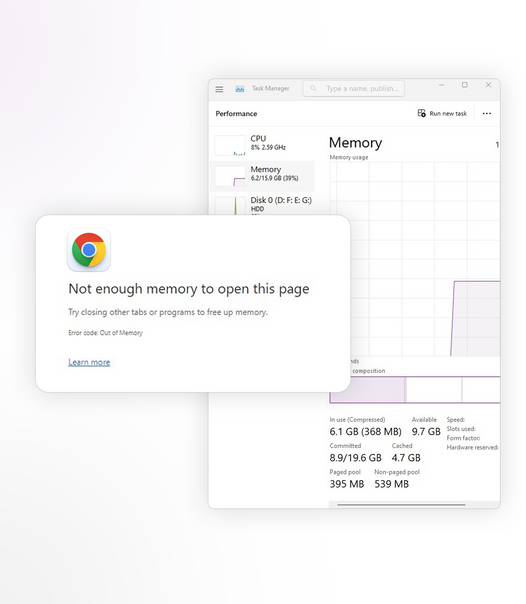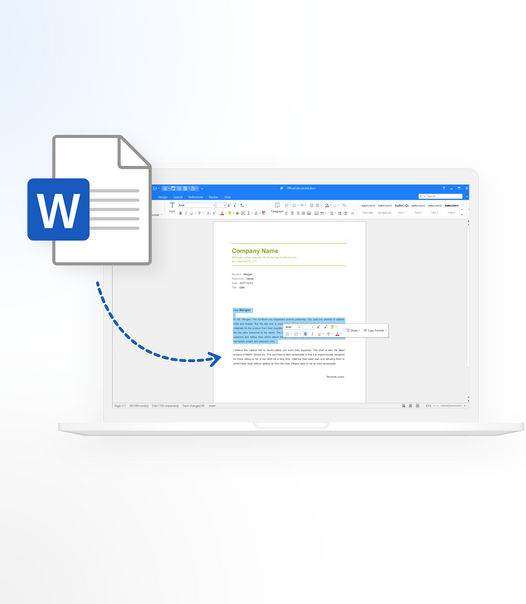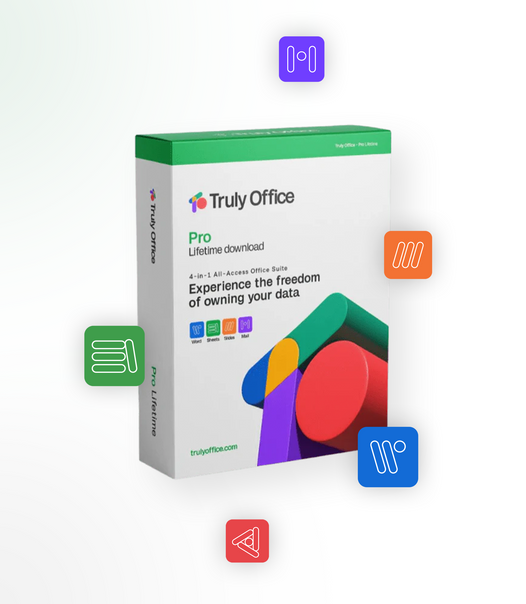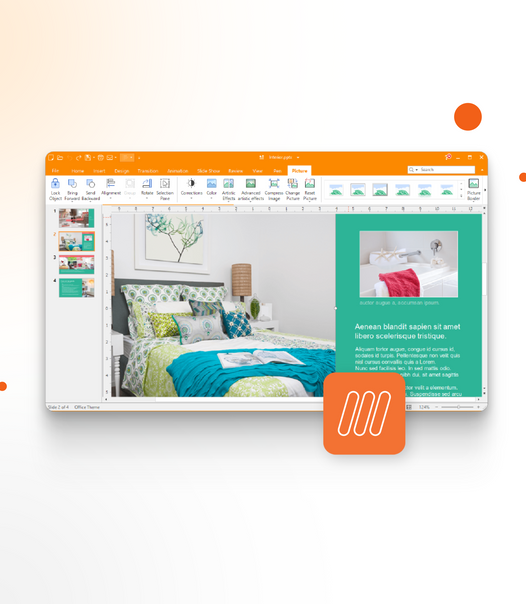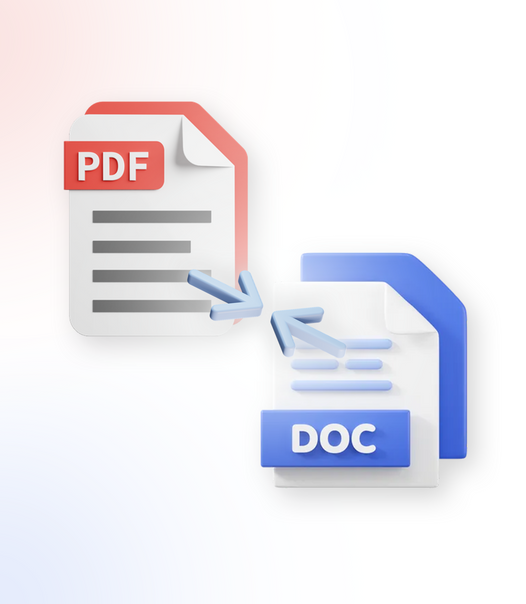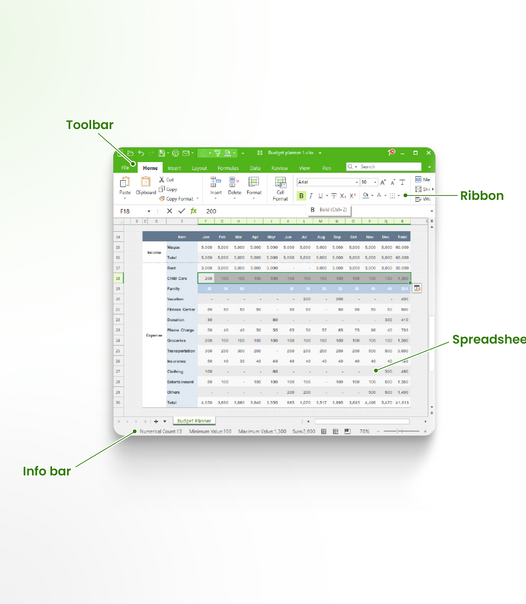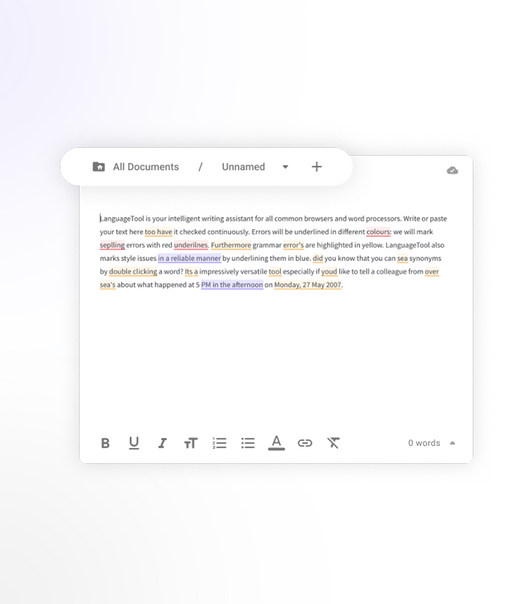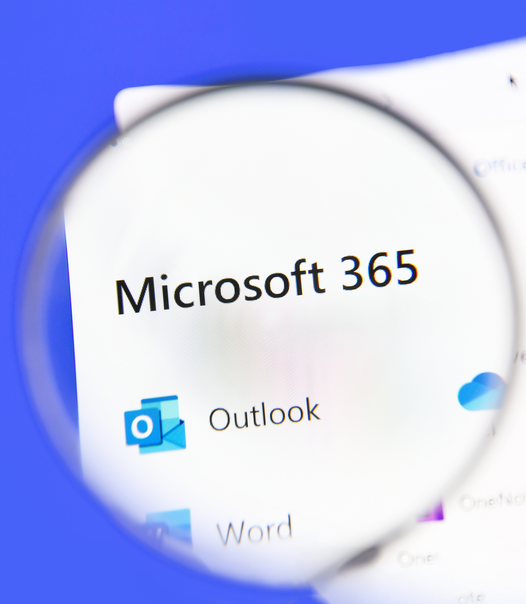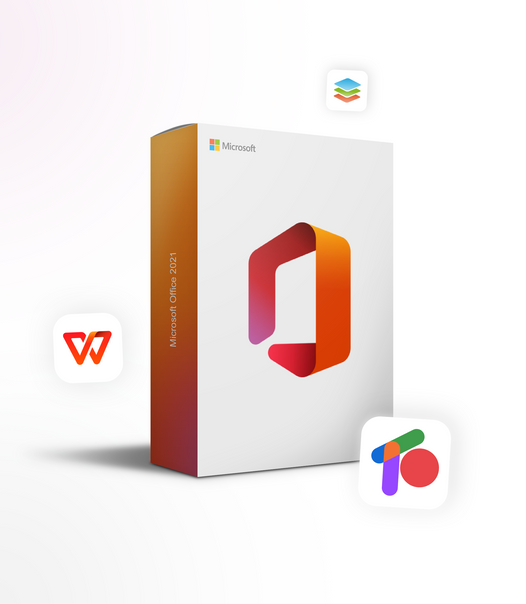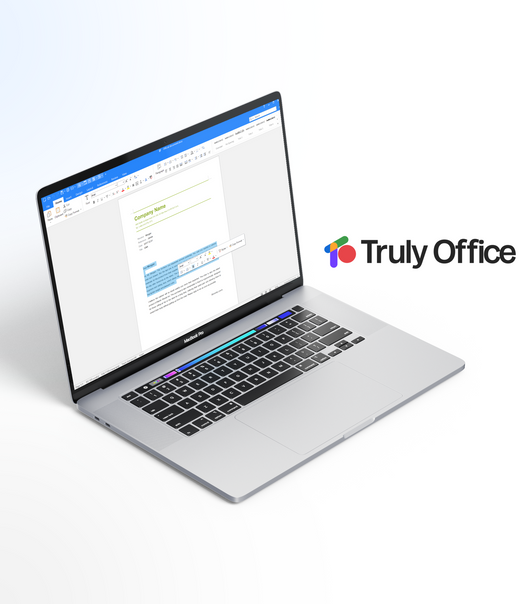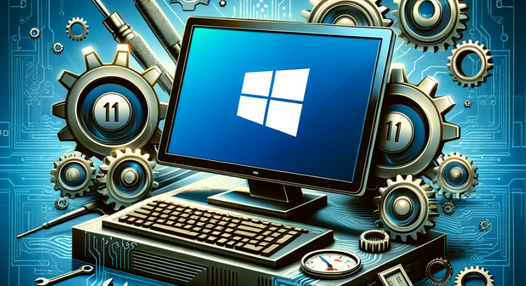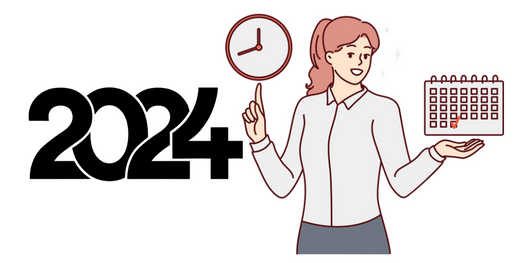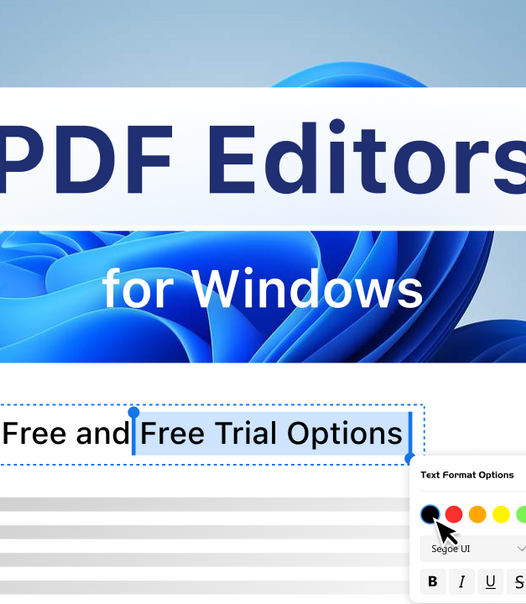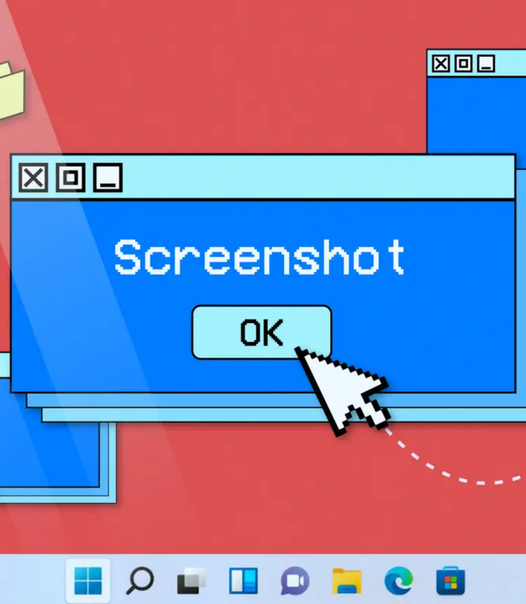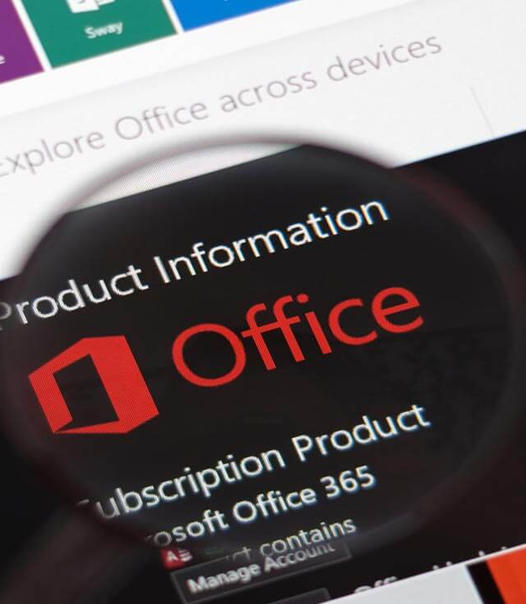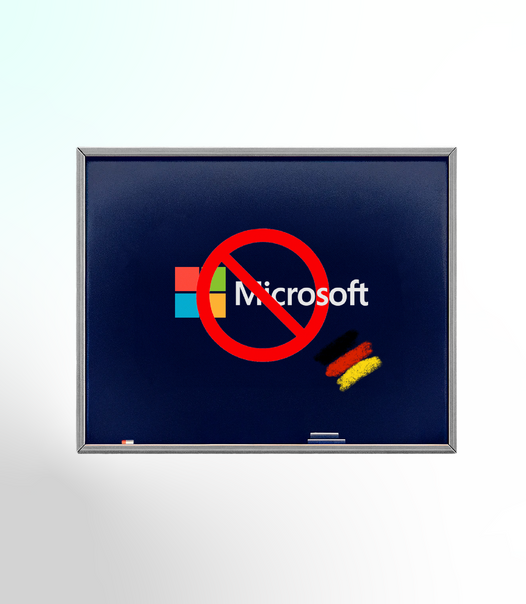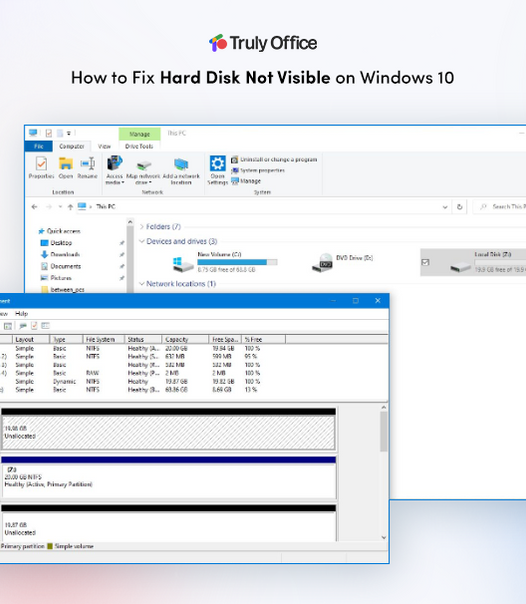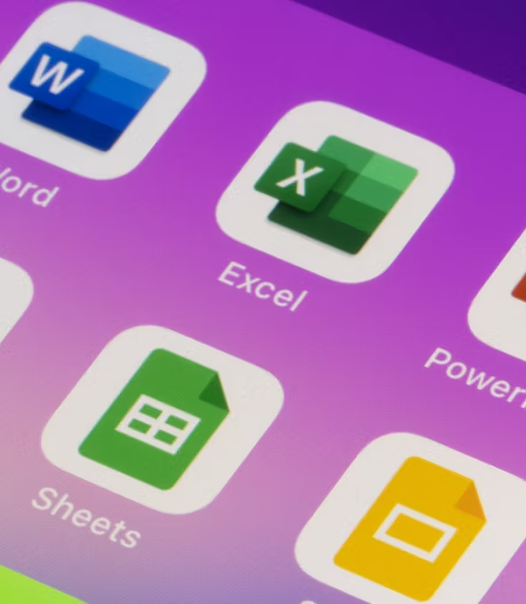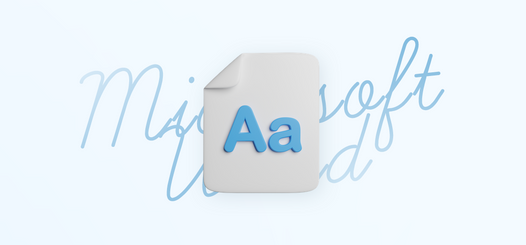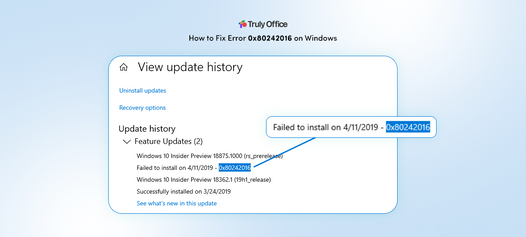Understanding the Snipping Tool in Windows 11 can be your gateway to a more efficient and productive digital life in the ever-evolving landscape of Windows operating systems. Like a well-crafted cover letter opens doors in the job market, mastering the Snipping Tool can unlock new possibilities on your computer.
In this guide, we'll take you through the essentials so you can capture, edit, and share screenshots effortlessly. Ready to level up your Windows 11 skills?
Let's embark on this journey to become a Snipping Tool pro.
Getting Started
When you're new to Windows 11, understanding how to use the Snipping Tool is a great skill. It's like having a superpower for capturing and editing parts of your screen.
Let's break it down in simple terms:
-
Before we dive in, you must ensure you have the Snipping Tool. If you're using Windows 11, it's likely already installed, so no need to download anything new.
You can find it by searching "Snipping Tool" in the Windows search bar.
- One easy way to access the Snipping Tool is through the Start menu. Click on the Start button (it looks like a Windows logo), and in the search bar, type "Snipping Tool."
You'll see it pop up in the results. Just click on it, and you're in.
- Here's a little secret: there's a quicker way to open the Snipping Tool. Hold down the Windows logo key and press Shift, then 'S.' You'll instantly see a little box at the top of your screen. This is where the magic happens.
- Rectangular Selection: This lets you draw a rectangle around the area you want to capture.
- Freehand Selection: If you're feeling artistic, use this to capture any shape you like.
- Window: It captures a specific window or application.
- Full-Screen Capture: As the name suggests, it grabs your entire screen.
- Simply click on the option you need, and your Snipping Tool is ready to work magic. It's that easy.
Understanding Snipping Modes
Let's talk about the various snipping modes in the Snipping Tool for Windows 11. Think of these modes as different tools in your toolbox, each with a unique job. We'll break it down for you:
- Freeform Mode: Imagine you have a pen and can draw around the area you want to capture. That's what freeform mode is all about. It's perfect for irregular shapes, like a funky cloud or a scribbled design.
- Rectangular Mode: This one's like using a neat, tidy box to capture something. It lets you draw a rectangle around what you want to snip, making it great for screenshots of windows, images, or text nicely squared off.
- Window Mode: Now, window mode is handy when capturing a specific program or application, like a browser window or a software interface. It helps you focus on one thing without any extras.
- Full-Screen Mode: This mode is as simple as it sounds. It captures your entire screen. It's super useful when you want to show everything on your display, from top to bottom.
When should you use each mode for the best results?
- Use Freeform when you have a unique shape to capture.
- Go for Rectangular when you're dealing with straight lines and defined areas.
- Pick a Window to capture a single program or app.
- Use Full-Screen when you want it all.
Capturing Screenshots
Snapping screenshots with the Snipping Tool in Windows 11 is a breeze once you get the hang of it. Let's break it down into simple steps:
- Hold down the Windows logo key, then hit Shift and S at the same time. Your computer screen will slightly darken – don't worry, that's normal. It means you're ready to capture something.

- The Snipping Tool starts in rectangular mode by default. This means you can draw a neat rectangle around the area you want to capture. If you need that, just click and drag your mouse to create the rectangle. You can change the snip shape by clicking the 'New' button in the Snipping Tool menu.
- Once you've selected the area you want to capture, voila. Your screenshot is automatically copied to your clipboard. You can paste it into a document, image editor, or wherever you like.
Tips for Precision and Speed with the Snipping Tool
- To speed up the process, use the keyboard shortcut – it's quicker than searching through menus.
- Experiment with different snip shapes to fit your needs. Rectangular is the default, but you can choose freeform, window, or full-screen.
- Practice makes perfect. The more you use the Snipping Tool, the better you'll get at capturing exactly what you want.
Editing Screenshots
Editing screenshots is a fantastic way to make them more informative and engaging. With Snipping Tool in Windows 11, you have some neat built-in tools to help you do that.
Here's how:
- Capture the screenshot using the Snipping Tool, as we've discussed earlier. Once your screenshot is ready, you can move on to the editing stage.

- In the Snipping Tool, click the "Pen" or "Highlighter" buttons in the toolbar. These tools allow you to add annotations to your screenshot.

- Choose the "Pen" tool to add text. Click where you want the text, type your message, and you can even change the color if you like. This is great for adding explanations or labels.
- The "Highlighter" tool perfectly emphasizes important areas. You can draw colorful lines or shapes around elements that matter.
- Mistakes happen, but no worries. You can erase any annotations you've added or use the undo button to remove the last change you made.
- Remember to save your changes after you've edited your screenshot to perfection. You can also easily share it with others using the sharing options.
Saving and Sharing
Now that you've captured and possibly edited your snips, it's time to save and share them. The Snipping Tool in Windows 11 makes this part super straightforward:
- After you've captured a snip, look for the "Save Snip" button in the Snipping Tool menu. Click it to begin the saving process.
- The "Save As" box will pop up. Here, you can give your snip a name – something that helps you remember what it is. You can also decide where to save it on your computer. Pick a folder or location that makes sense to you.

- You'll see an option to choose the file type. Common choices include JPEG, PNG, or GIF. The best format often depends on what you plan to do with the snip. For everyday use and sharing, JPEG or PNG is usually fine.
- Once you've filled in these details, hit the "Save" button, and your snip will be saved to your selected location.
- If you want to share your snip with someone, just open the snip and look for the "Share" button. You can send it through email, messaging apps, or social media.
Snipping Tool Keyboard Shortcuts
You've got your hands on a handy tool - the Snipping Tool in Windows 11. And guess what?
Some clever keyboard shortcuts can make your snipping experience even smoother. Let's delve into these time-saving tricks:
- Create a New Snip: Press "Alt + N" to create a new snip in the same mode as your last one. It's like hitting the reset button without going through the menus.
- Navigate Snip Types: If you need to switch between different snip types - like going from a rectangular snip to a freeform one - use "Shift + arrow keys." It lets you swiftly move your cursor to pick the perfect snip type for the job.
- Delay Capture: Sometimes, you want to capture something that still needs to be quite there. Press "Alt + D" to delay the capture by 1-5 seconds. This gives you time to set up your screen just right.
- Copy Snips: To copy your snip to the clipboard without fumbling through menus, use "Ctrl + C." It's a quick way to have your snip ready to paste into a document or share with friends.
Final Thoughts
The key takeaway here is that practice makes perfect. Like any skill, the more you use the Snipping Tool, the more proficient you'll become.
We encourage you to dive in, experiment, and refine your snipping skills. With time, you'll find yourself effortlessly capturing and sharing screen content, streamlining your digital tasks, and making your computer work.






